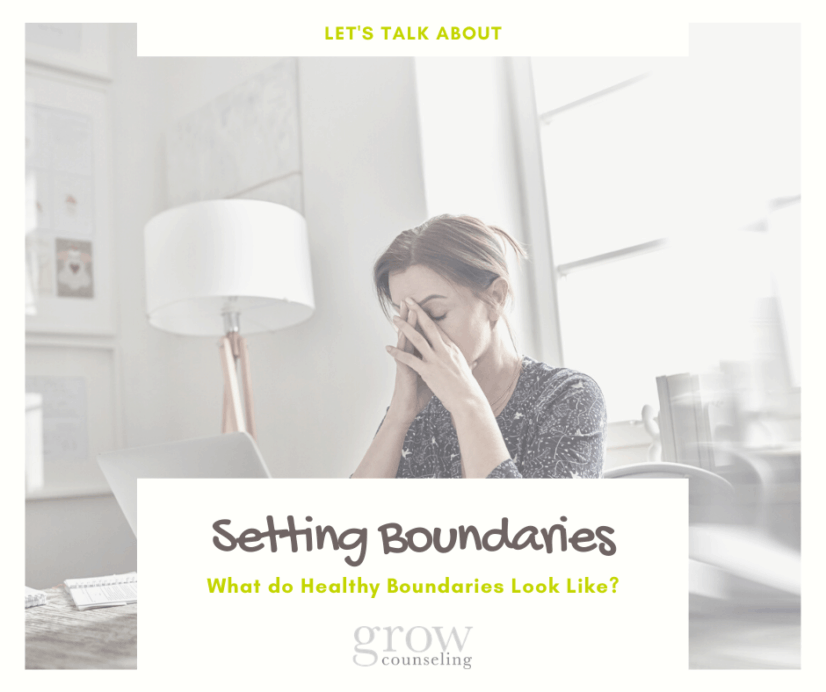Boundaries come up in every area of life: work, social, family, romantic relationships, school, religion, and others.
Boundaries are especially important if you have concerns related to Substance Abuse or PTSD.
One of the treatment manuals we use when working with Substance Abuse titled: Seeking Safety by Lisa M. Najavits, discusses boundaries in a way that is both clear and concise.
Ultimately healthy boundaries are:
- Flexible. You are able to be both close and distant, adapting to the situation. You are able to let go of relationships that are destructive. You are able to connect with relationships that are nurturing.
- Safe. You are able to protect yourself against exploitation by others. You are able to read cues that someone is abusive or selfish.
- Connected. You are able to engage in balanced relationships with others and maintain them over time. As conflicts arise, you are able to work them out.
Boundaries are a problem when they are too close or too distant. Many people have difficulty in both areas.
Boundaries can be too close (letting people in too much; enmeshed). Do you:
- Have difficulty saying “no” in relationships?
- Give too much?
- Get involved too quickly?
- Trust too easily?
- Intrude on others (ie:violate other people’s boundaries)?
- Stay in relationships too long?
Boundaries can be too distant (not letting people in enough; detached). Do you:
- Have difficulty saying “yes” in relationships?
- Isolate?
- Distrust too easily?
- Feel lonely?
- Stay in relationships too briefly?
Boundary problems are a misdirected attempt to be loved. By “giving all” to people, you are trying to win them over; instead, you teach them to exploit you. By isolating from others, you may be trying to protect yourself, but then don’t obtain the support you need.
Lisa M. Najavits
It is important to remember that we must set boundaries with ourselves as well as others. This can look like telling ourselves “no” too much as well as telling ourselves “yes” too much. Notice the areas for yourself that boundaries are being violated with yourself as well as others and seek help in re-establishing healthy boundaries.
Written by: Betty Gebhardt

